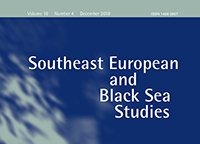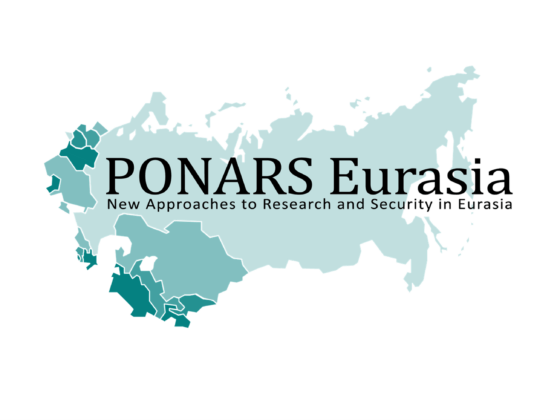(Southeast European and Black Sea Studies) (Co-authored by Narmina Mamishova) Abstrasct: Discussions of post-Soviet countries’ policies towards Russia have been largely dominated by two mainstream neorealist approaches on states’ alignment choices – balancing and bandwagoning. While the first pattern entails allying against the primary source of threat, the second one opts for allying with the source of principal danger. By means of a case study, this article argues that the balancing-bandwagoning dichotomy is too simplistic in the case of Azerbaijan, which represents another possible paradigm. The research addresses the following question: what is the foreign policy model undertaken by modern Azerbaijan in its relations with Russia? To do so, it refers not only to the neorealist and neoclassical realist theories but also to the notion of national role conception. The article concludes that since 1993 Azerbaijan has pursued a middle-ground foreign policy orientation – strategic hedging – vis-à-vis Russia. Such a multi-tiered hedging behavior, which encompasses elements of both balancing and bandwagoning, has been driven mainly by national security concerns. Meanwhile, the country’s vast oil and gas resources, as well as its non-bloc geopolitical identity, have determined the somewhat ‘distant-from-Russia’ foreign policy orientation of post-Soviet Azerbaijan.
Read More © Southeast European and Black Sea Studies











